|
In terms of the kitchen and bath industry, the 2020s are drawing inspiration from the 1920s in a big way. Glitzy, opulent and luxurious, this year’s design trends are inspired by, and improve on, styles that existed 100 years ago. But before we delve into the “how-to”, let’s take a look at the Jazz-Age style, known as “Art Deco”.
Art Deco—More than Crystal, Lacquer and Gold
As shown in the film, The Great Gatsby (2012), Jay Gatsby’s mansion is perhaps the most popular icon of Art Deco style--cascading crystal chandeliers, omnipresent gold accents, exotic animal print textiles, and lacquered, rectilinear furniture.
Art Deco originated in France as a reaction against Art Noveau’s organic design themes, stylized imagery and delicate furniture. In contrast, Art Deco, known as “Le Style Moderne” in France, was influenced by Cubism (think Picasso). It drew on wild colors used in unusual ways, African and Middle Eastern themes, and extravagant Parisian stage sets. It was heavily adopted by upper-class clients who admired Art Deco for its strong geometric themes, expensive and sophisticated finishes, and waterfall details, making it an elitist interior design movement in Europe. Once it jumped the pond, however, many elements were diffused into furnishings for middle-class clients, which still can be seen in many US vintage stores. Here are some examples of European Art Deco interior design...
Textiles-Repeat, Repeat, Repeat
Textile patterns were dense and vividly colored, to the point of being discordant.
Unusual color combinations were frequently used in fabrics, wallpapers and tiles, and design elements were very graphic and closely positioned. From a distance, viewers thought they were seeing abstract patterns, and only upon closer inspection, did they discern distinct design elements.
Furnishing fabric, designed by W. Herman, 1928, England. Museum no. CIRC.566-1966. © Victoria and Albert Museum, London
(Detail) Furnishing fabric, designed by Gregory Brown, manufactured by William Foxton Ltd, 1922, England; https://www.vam.ac.uk/collections/art-deco
Interiors Replete with Luxury and Sophistication All the Art Deco elements check off in this room, and it’s no surprise, because the room was designed by Emile-Jacques Ruhlmann, the best-known “Le Style Moderne” interior designer. Velvet upholstered walls, a crystal bead wedding cake chandelier with matching sconces, a burled wood console, and lavish gold accents are Art Deco hallmarks. The densely patterned, round rug’s diamond shapes echo the same in the tufted wall pattern, further uniting the design elements.
http://artdecostyle.ca/art-deco-style-blog/art-deco-furniture
The photo below was taken aboard the SS. Normandie, the premier ocean liner of its day. Words fail to describe the beautiful bas relief on the elevator wall. Even though every square inch of the wall is covered, the effect is still elegant. Design historian Judith Gura could have been describing this wall in particular when writing about Art Deco in “The Abrams Guide to Period Styles for Interiors” (2005): “ …almost every surface of the space is decorated, but in a manner so subtle that the overall effect, despite its richness, generally stops short of ostentation.”
…almost every surface of the space is decorated, but in a manner so subtle that the overall effect, despite its richness, generally stops short of ostentation.”
https://www.themagazineantiques.com/news-opinion/current-and-coming/2010-02-18/art-deco-design-and-the-normandie/
'20s Glamour Today
So, here are a few inspirations if you aspire to infuse your kitchen and baths with the unique glamor and appeal of the 1920s.
--Use tiles with strong graphics. Tiles with prominent designs become the focal point of a powder room, or of a backsplash for a range or bar area. The Ann Sacks “Ermanno Pavone” tile glamourizes the dense “fish-scale” pattern popular in the 1920s by exaggerating the pattern, and applying sophisticated silver and gold contrasting finishes on black or white porcelain tile.
https://www.annsacks.com/collections/ermanno
'
If you have a larger area to cover, an arabesque-shaped design, suits the '20s mood. Arabesques tiles, as shown here, give a nod to Art Deco’s exotic sensibilities.
https://www.annsacks.com/collections/made-shapes-by-ann-sacks
--Use a chevron or herringbone pattern for your wood floors or floor tiles. In the 1920s, many wealthier homeowners opted for these wood floor designs to differentiate their homes from ones with commonly used strip or parquet flooring. Thankfully, our technology and expertise has expanded our access to unique floor patterns, so that the glamour associated with this look is affordable, and the options are extensive. And here’s some design trivia: the slightly staggered planks in this kitchen floor identify it as a herringbone pattern. The tile pattern in the next photo is laid in a tight point, indicating a chevron pattern!
https://www.architecturaldigest.com/gallery/chevron-and-herringbone-flooring-ideas
https://www.annsacks.com/collections/parquet
--Gild the Lily. Not really—I’m not into covering flowers with metals. But I am into dressing up cabinetry or other finishes with bright, metallic hardware. Whether burnished or bright, brass, gold, silver and other metals were heavily used during the '20s to create wall screens, lighting, table and chair legs—the list goes on and on. Depending on the object, metals were paired with luxurious stone to create even more glamor. For an updated take on this look, Ann Sacks “Alabaster Collection” tiles are paired with bright brass trim to create a look whose beauty rivals anything found on the SS. Normandie!
https://www.annsacks.com/collections/alabaster
Bright metallic pulls and knobs look especially smart against dark painted cabinets, as in the photo below.
https://www.decorpad.com/photo.htm?photoId=153560
Opt for bright metallic for your fixtures. Or, take a look at fixtures that embody the Cubist forms admired during the Art Deco era, such as this Laura Kirar bathroom console with legs, for Kallista. Cubist elements abound here.
https://www.kallista.com/bathroom/consoles/vir-stil-by-laura-kirar-console-table-legs-with-towel-bar-p74208-00-lb
--Introduce luxurious metallic seating. Comfortable bar stools, with soft velvet upholstery, especially one that recalls the streamlined elegance of the era, are a quick and easy way to bring in Gatsby sensibilities to your space.
https://www.westelm.com/products/lenox-bar-counter-stools-h3149/?pkey=ccounter-bar-stools&isx=0.0.1600
--Use stone accents in novel applications or accessories. Asher Gray Stone is a marble with strong vertical lines that can be installed to suggest an elegant waterfall design in a bath or powder room.
https://www.annsacks.com/products/tile-stone-mosaic/asher-grey-field-tile
a
The lamp below embodies the ‘20s penchant for exotic animal prints, rectilinear lines, and exotic wood and expensive stone. This Vanrenen GW Design features a solid tulipwood base, finished in simulated malachite, shaped like an obelisk. Topping it is a tortoise shell lampshade, hand-painted to look like the real thing.
https://vanrenengwdesigns.com/project/lamps/
Thank you for joining me as we explored ways to update your home with one of the most popular revivals for interior design. Please let me know what you think about this article by posting a comment below. Reach out to me for assistance with your kitchen, bath or general interior design. I work in all styles, whether your taste is contemporary/modern, traditional, or something in between. Lyons-Archer Kitchen and Interior Design provides kitchen/bath and interior design services, cabinetry sales, and installation. Use me as resource for new furniture, upholstery, slipcover, window coverings and couture design for draperies. Call me at 215-860-5059, email me at [email protected], and check out my website at www.lyonsarcher.com; please follow me on Instagram, Facebook and Linked-In. About Tina Klucsik Tina Klucsik, founded Lyons-Archer to share her lifetime of experience in the interiors industry with her clients. Tina grew up working in her family’s upholstery and interiors business. She applies her business experience to ensure her projects adhere to the established budget, and are delivered on time. And her work is creative, functional—and beautiful. Clients choose Tina for her exceptional sense of color, knowledge of textiles, and her ability to make their personal design concept a reality—whether that reality centers on a bank of windows, a kitchen or an entire home. Tina has earned or been awarded the following degrees, certifications and awards: Certifications and Awards
4 Comments
|
Archives
November 2022
Categories |
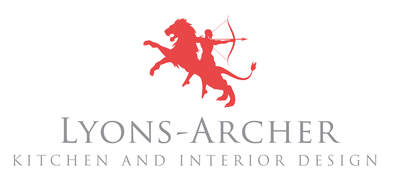

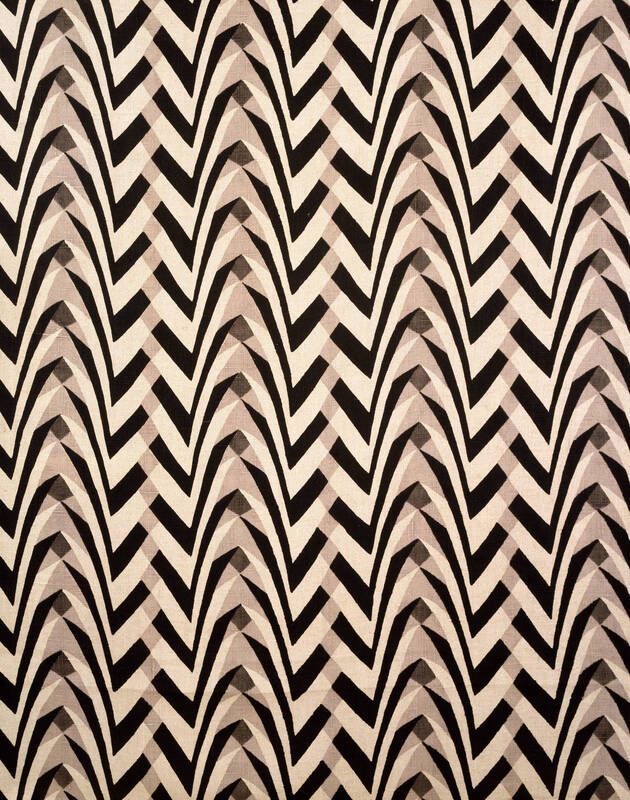
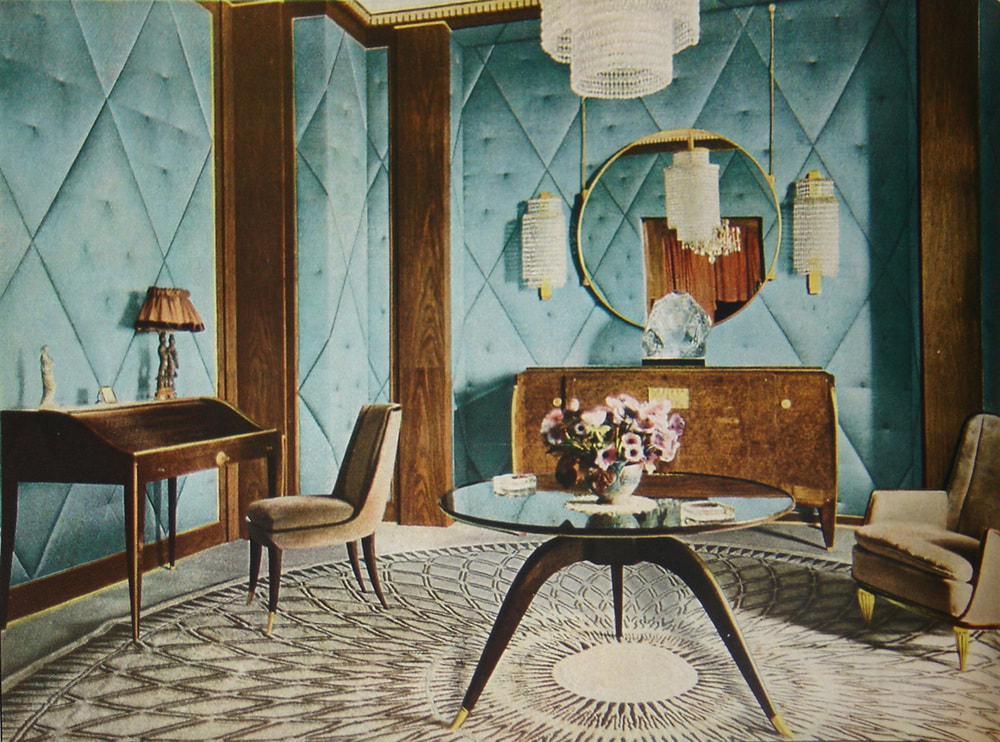
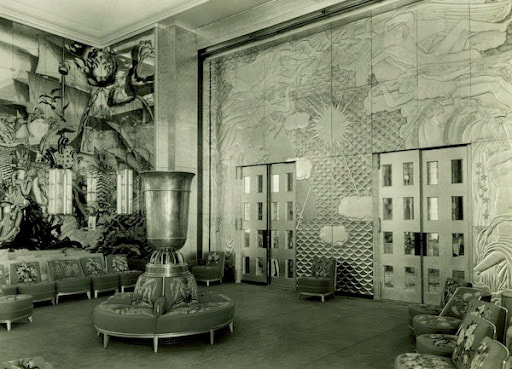
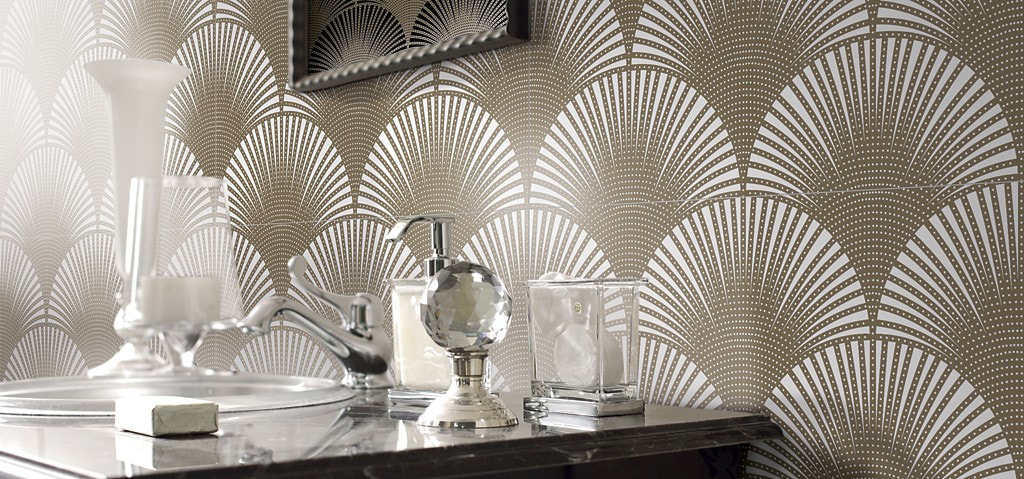
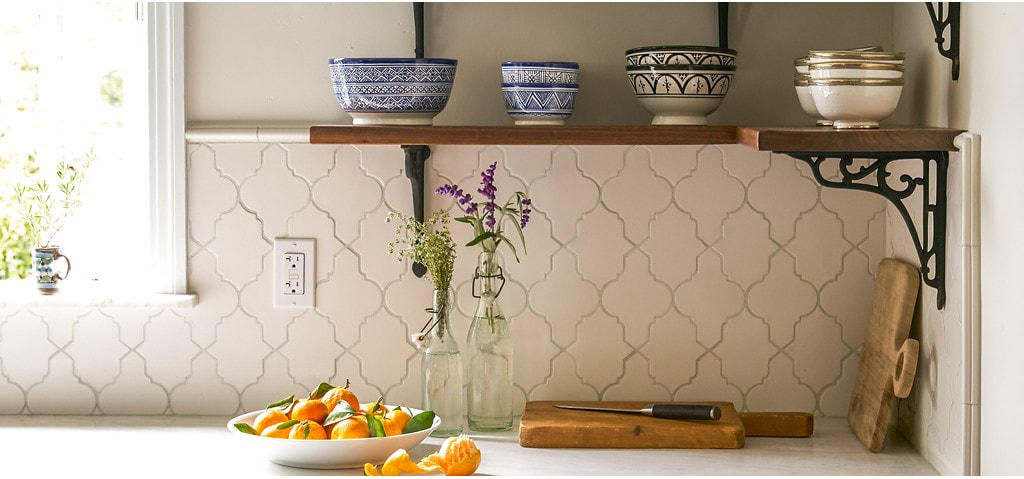
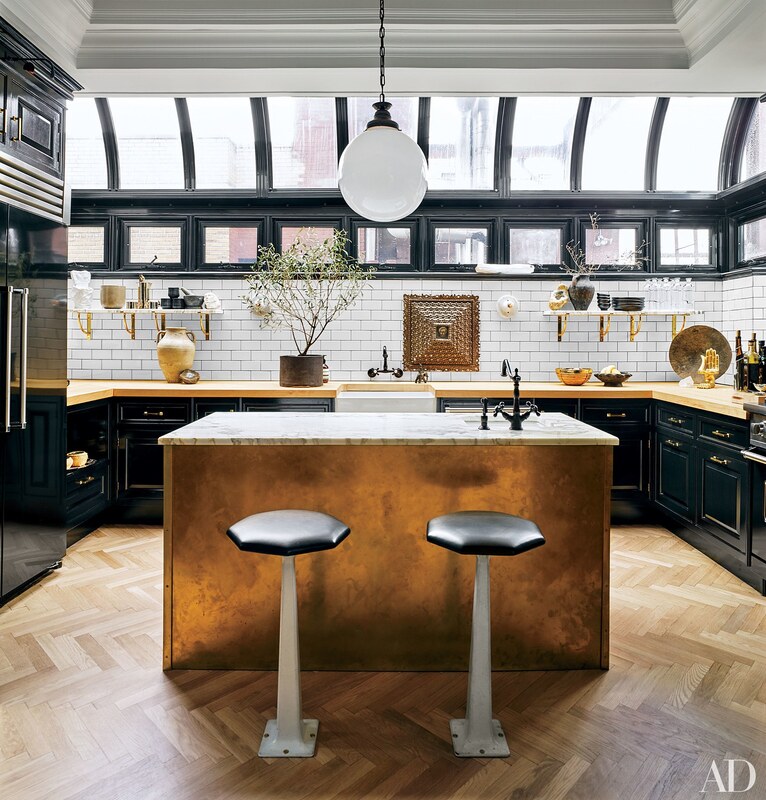
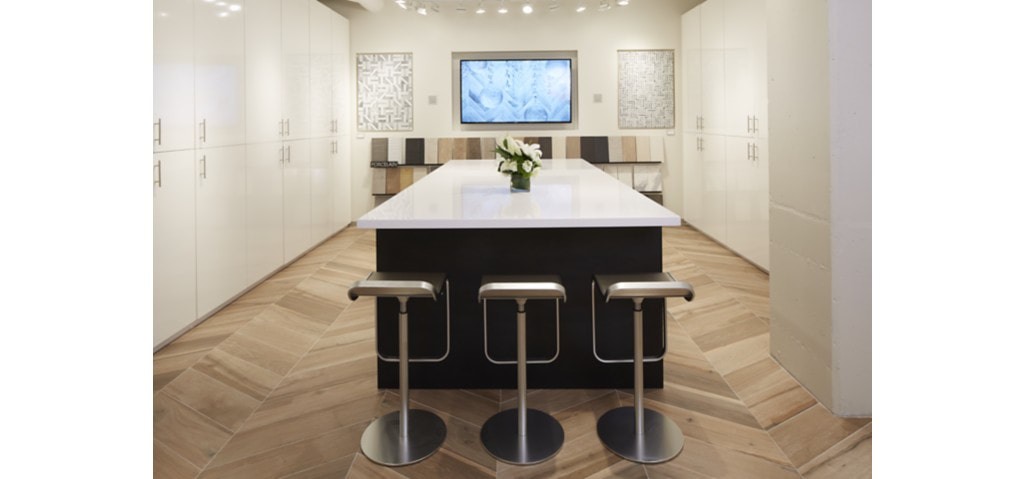
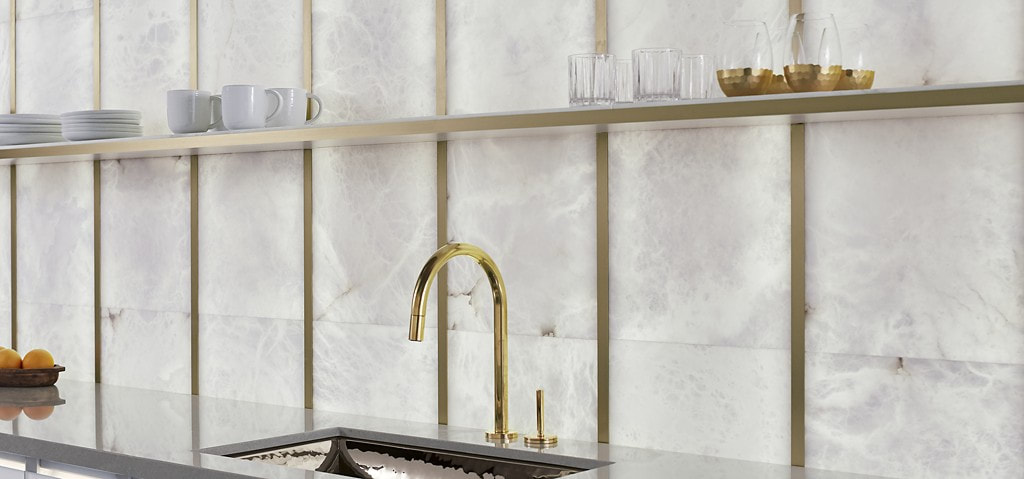
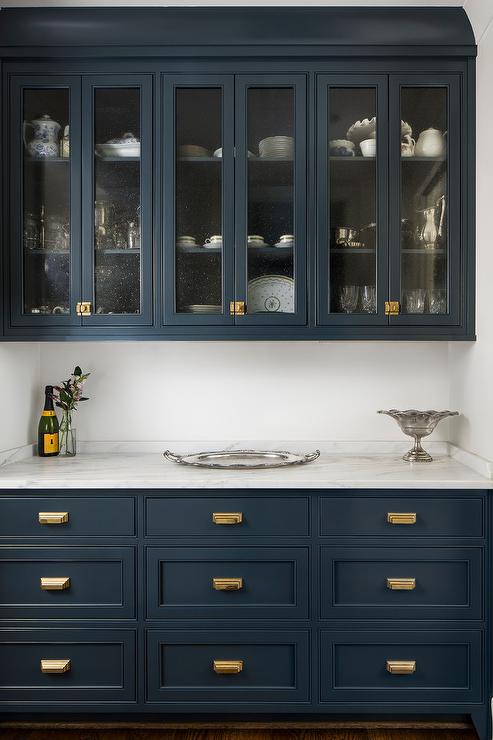
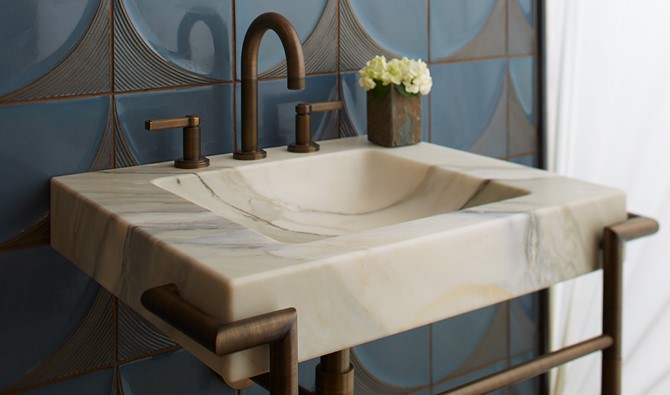
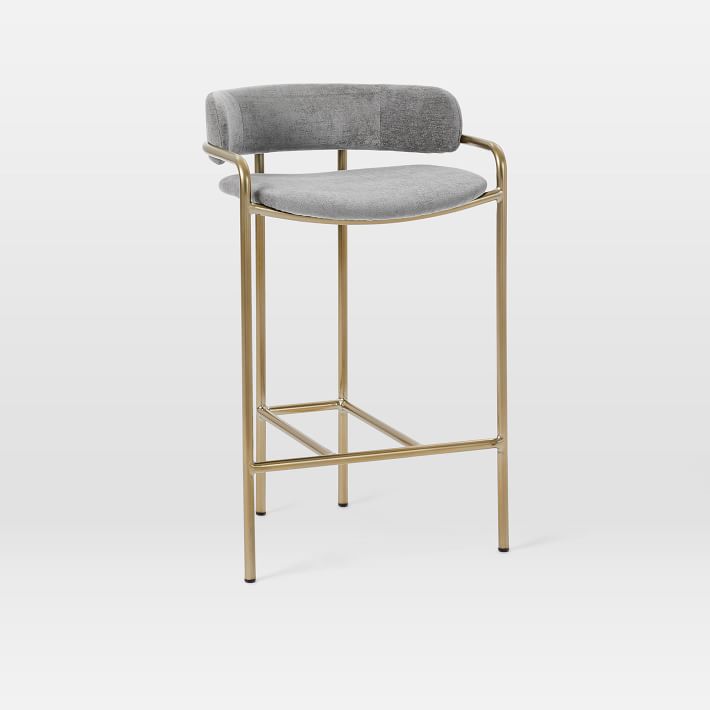
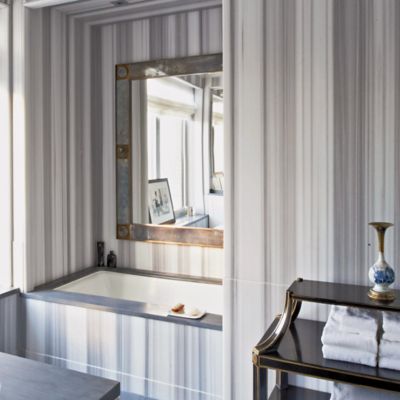
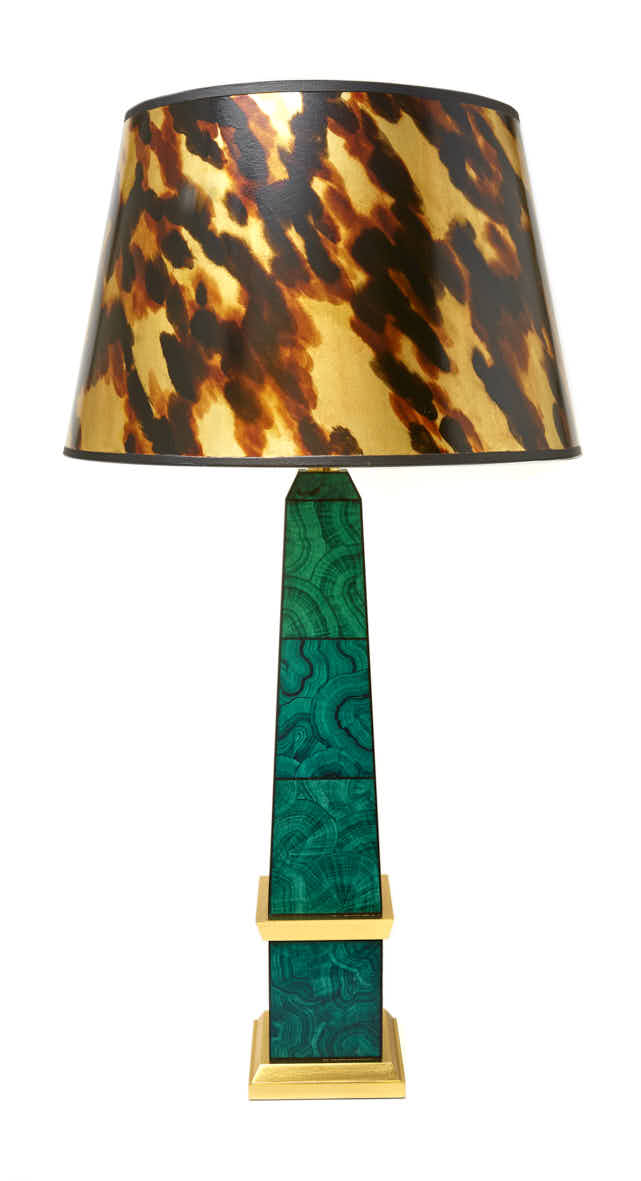
 RSS Feed
RSS Feed